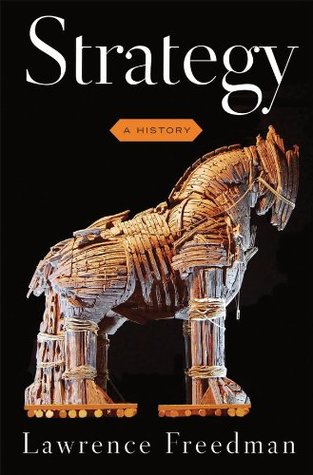More on this book
Community
Kindle Notes & Highlights
Having a strategy suggests an ability to look up from the short term and the trivial to view the long term and the essential, to address causes rather than symptoms, to see woods rather than trees.
Yet strategy remains the best word we have for expressing attempts to think about actions in advance, in the light of our goals and our capacities.
One common contemporary definition describes it as being about maintaining a balance between ends, ways, and means; about identifying objectives; and about the resources and methods available for meeting such objectives.
By and large, strategy comes into play where there is actual or potential conflict, when interests collide and forms of resolution are required. This is why a strategy is much more than a plan. A plan supposes a sequence of events that allows one to move with confidence from one state of affairs to another. Strategy is required when others might frustrate one’s plans because they have different and possibly opposing interests and concerns.
So the realm of strategy is one of bargaining and persuasion as well as threats and pressure, psychological as well as physical effects, and words as well as deeds. This is why strategy is the central political art. It is about getting more out of a situation than the starting balance of power would suggest. It is the art of creating power.
This is why underdog strategies, in situations where the starting balance of power would predict defeat, provide the real tests of creativity.
So, the larger the brain the greater the ability to maintain substantial social networks.
The most effective strategies do not depend solely on violence—though this can play an instrumental role, by demonstrating superiority as much as expressing aggression—but benefit instead from the ability to forge coalitions. Little in the rest of this book will suggest that this list should be expanded. The elements of strategic behavior have not changed, only the complexity of the situations in which they must be applied.
The ability to persuade not only one’s people but also allies and enemies was a vital attribute of the successful strategist. In this way, strategy required a combination of words and deeds, and the ability to manipulate them both.


